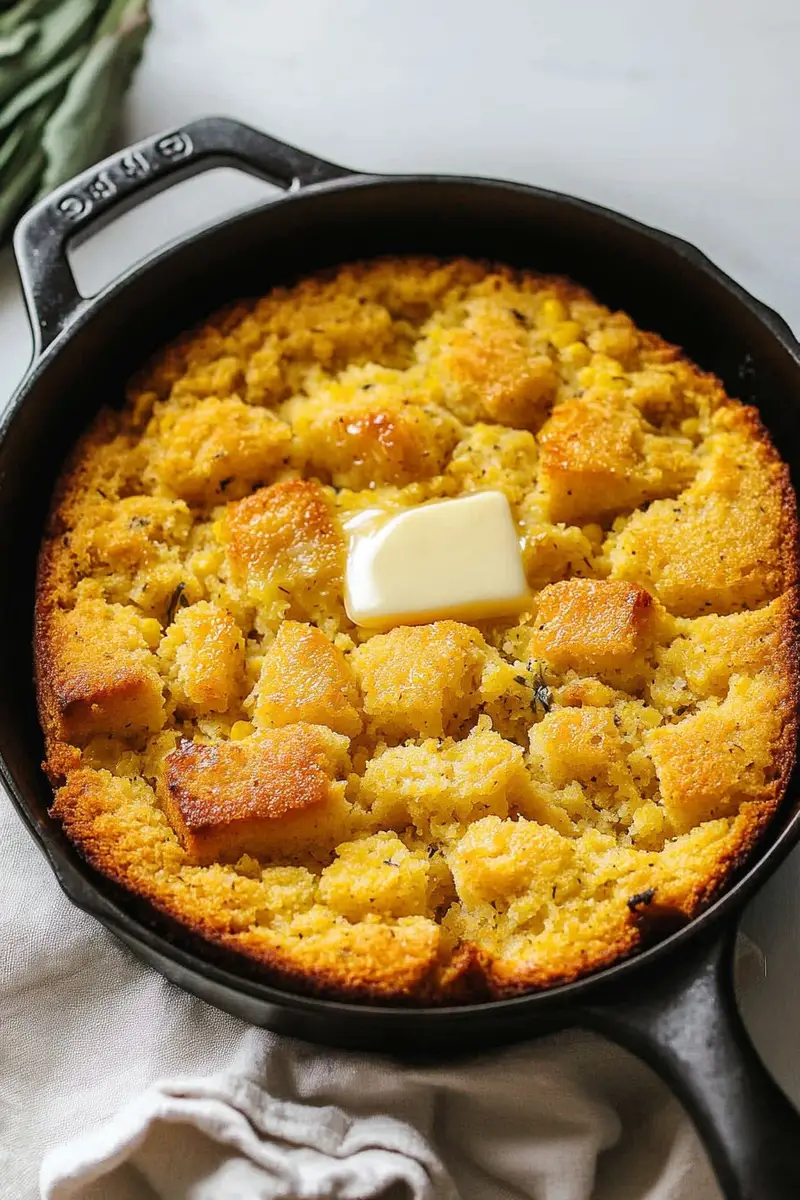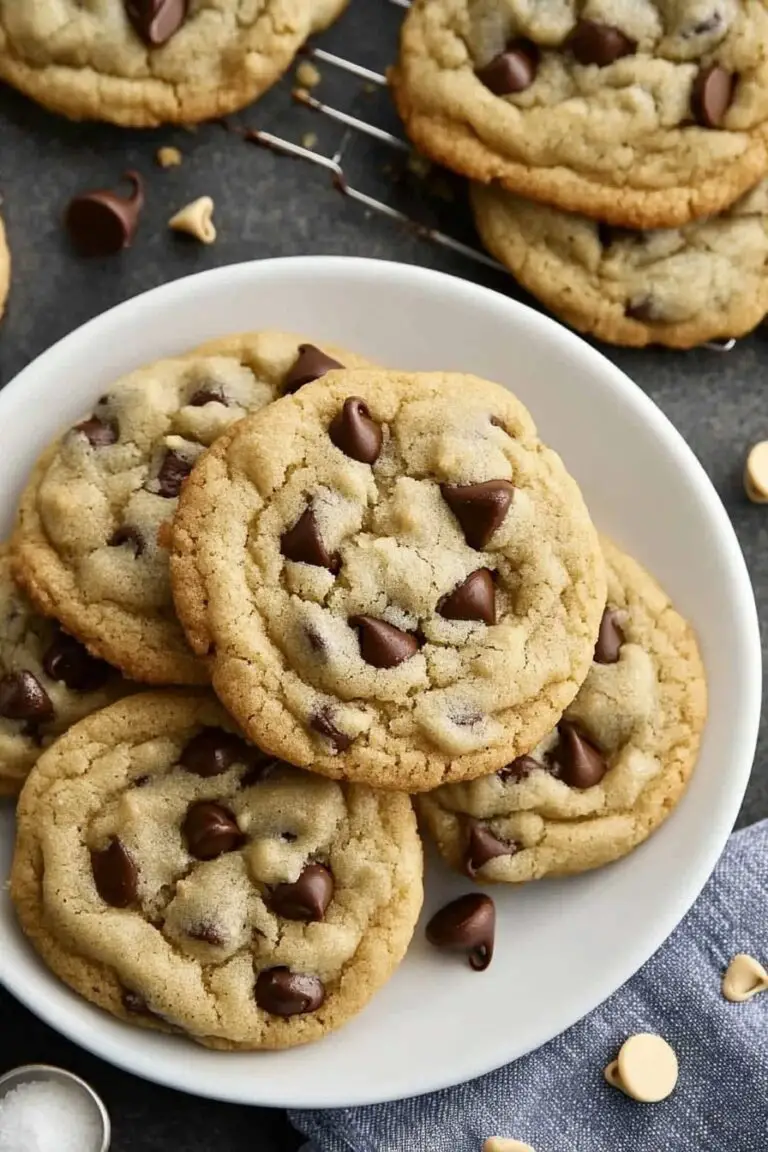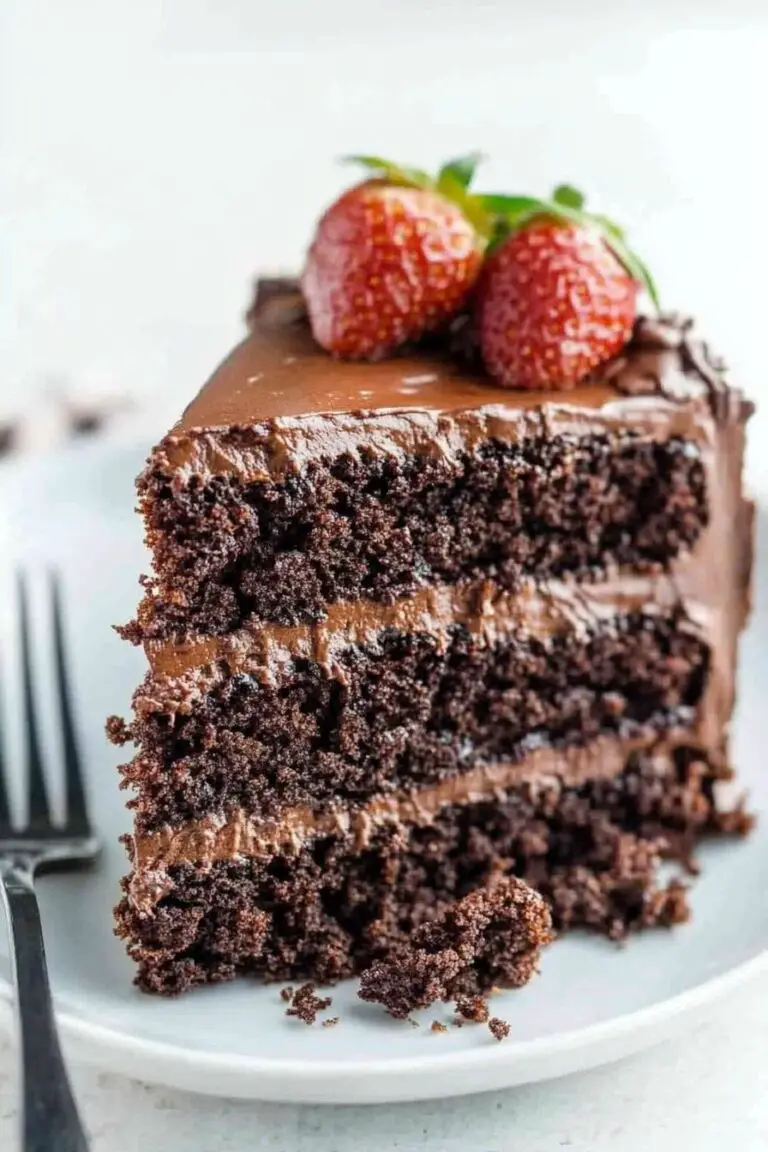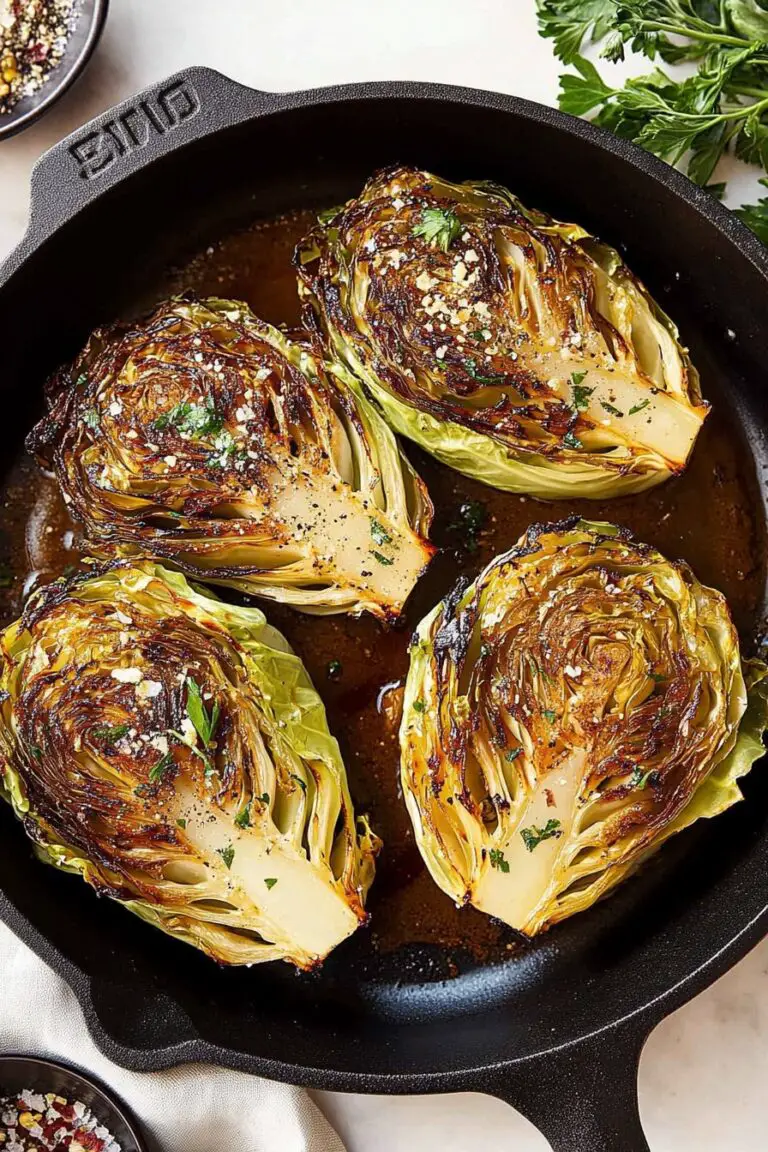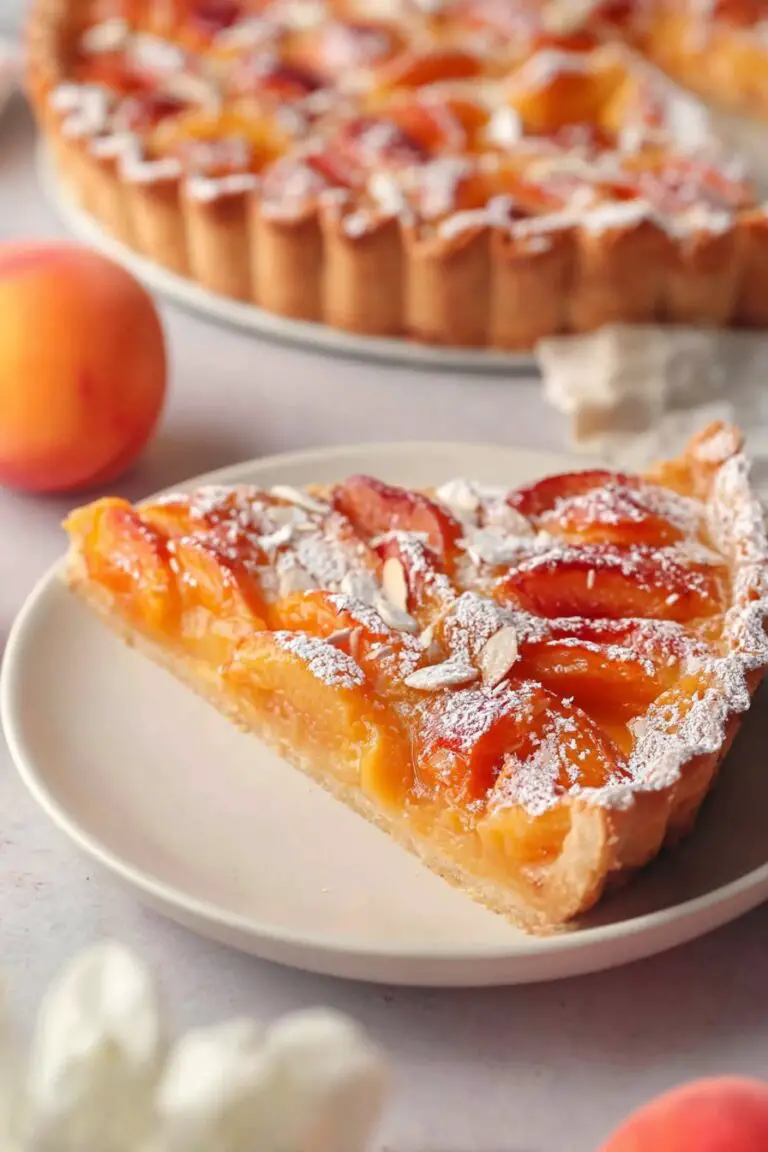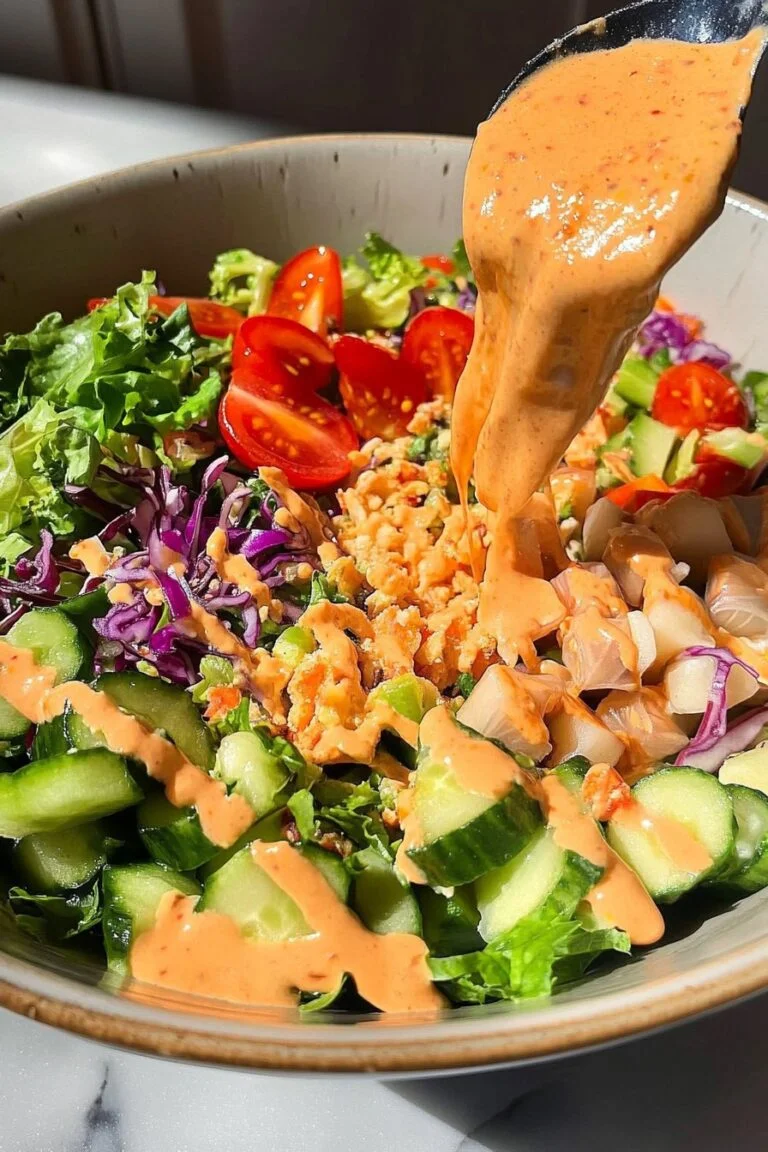Gluten-Free Cornbread Recipe: Delicious & Easy
Cornbread is a classic American side dish that has found its place on tables across the country for generations. Traditionally made with cornmeal, this golden bread is a staple in Southern cuisine, often served with hearty meals like chili or barbecued meats.
However, with the rising awareness of dietary restrictions, gluten-free variants have become increasingly popular. Making a Gluten-Free Cornbread is not only a breeze but also a delightful way to enjoy this beloved dish without compromising on flavor or texture.
Cornmeal, the star ingredient, is naturally gluten-free, which makes it an excellent choice for anyone following a gluten-free diet. To make this adaptation, we swap out the usual wheat flour for gluten-free all-purpose flour, which you can find at most grocery stores or online retailers.
The result is a moist, flavorful cornbread that pairs well with a variety of meals. For more on the history and variations of cornbread, you might find this source insightful.
Ingredients for Gluten-Free Cornbread
- 1 cup yellow cornmeal
- 1 cup gluten-free all-purpose flour
- 1/4 cup granulated sugar
- 1 tablespoon baking powder
- 1/2 teaspoon salt
- 1 cup milk (or non-dairy alternative)
- 1/4 cup melted butter (or coconut oil)
- 2 large eggs
- 1 tablespoon honey (optional)
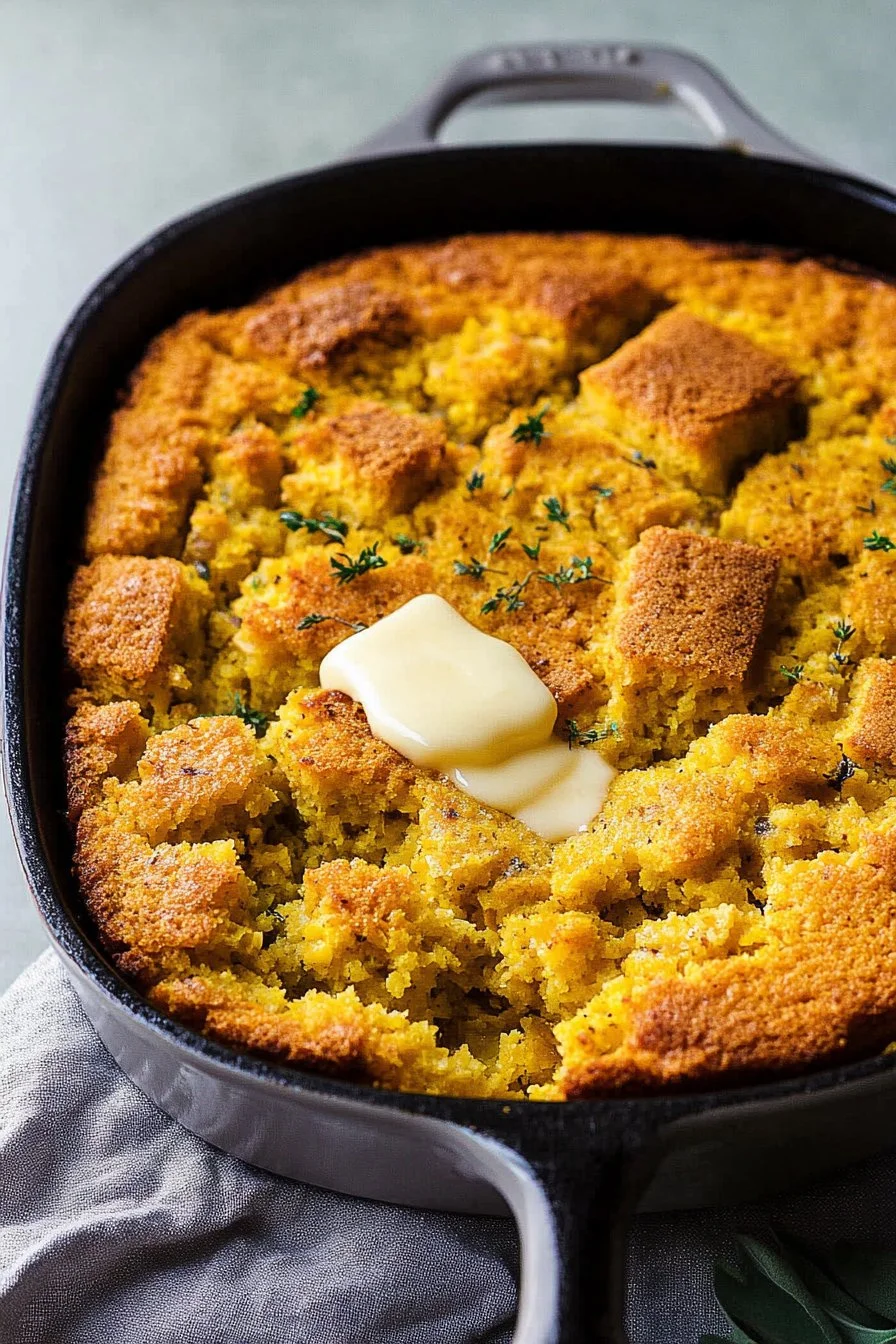
Instructions for Making Gluten-Free Cornbread
- Preheat your oven to 400°F (200°C) and grease an 8-inch square baking pan.
- In a large bowl, combine the cornmeal, gluten-free flour, sugar, baking powder, and salt.
- In a separate bowl, whisk together the milk, melted butter, and eggs.
- Pour the wet ingredients into the dry ingredients and stir until just combined. Be careful not to overmix.
- If using, add the honey and gently fold it into the batter.
- Pour the batter into the prepared baking pan and spread evenly.
- Bake for 20-25 minutes or until the top is golden brown and a toothpick inserted into the center comes out clean.
- Remove from oven and let cool in the pan for a few minutes before slicing and serving.
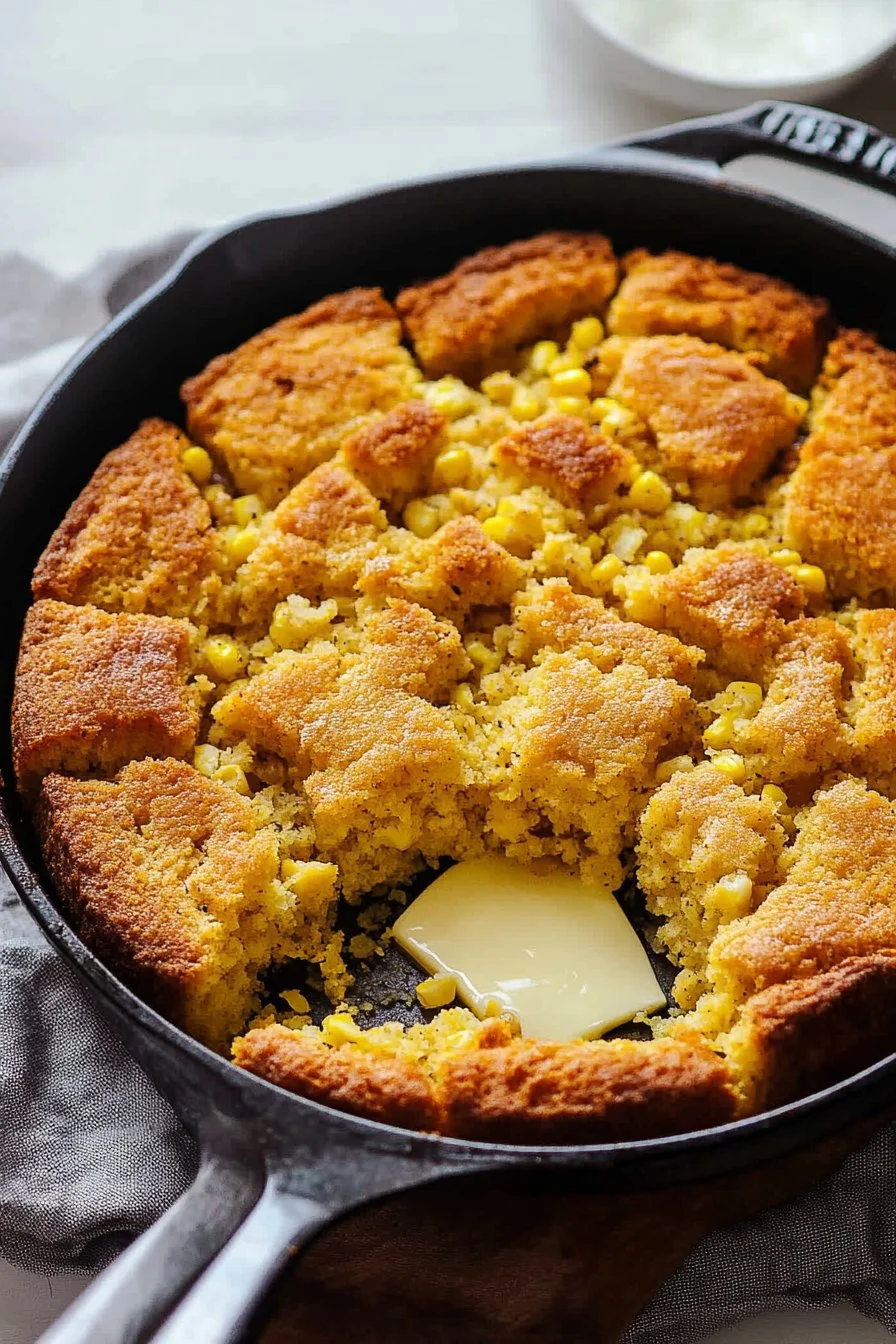
Nutritional Information
Cornbread is a comforting side dish that offers a range of nutritional benefits, particularly when made gluten-free. A typical serving provides essential nutrients like fiber, vitamins, and minerals.
One serving of gluten-free cornbread, approximately one slice (about 1/8th of the pan), contains roughly 180 calories, 25 grams of carbohydrates, 5 grams of fat, 5 grams of protein, and 2 grams of dietary fiber.
The cornmeal serves as a good source of carbohydrates and fiber, promoting healthy digestion, while the eggs contribute protein and various B vitamins that are vital for energy production and brain function. Gluten-free cornbread is also low in cholesterol, making it a heart-friendly choice.
It's important to note that the nutritional content can vary based on the specific gluten-free flour blend used, as some blends may contain additional nutrients. For a more comprehensive understanding of gluten-free baking and its nutritional aspects, you can refer to this article.
Wine/Beverage Pairings With Gluten-Free Cornbread
Pairing beverages with Gluten-Free Cornbread can enhance your dining experience. A light, crisp white wine such as a Sauvignon Blanc complements the cornbread's subtle sweetness and buttery texture.
If you prefer non-alcoholic options, a cold glass of iced tea or lemonade can provide a refreshing contrast to the warm, savory bread.
For a more robust meal, consider serving it alongside a hearty beef stew or chili, where a medium-bodied red wine like Merlot or a malty amber ale would pair nicely. The key is to choose beverages that bring out the natural flavors of the cornbread without overpowering them.
Cooking Tips and Variations
When making Gluten-Free Cornbread, there are several tips and variations you can explore to enhance your baking experience. First, consider adding mix-ins such as shredded cheese, jalapeños, or chopped herbs for a flavorful twist. If you prefer a sweeter cornbread, you can increase the sugar or honey in the recipe.
For a dairy-free option, substitute the milk with almond milk or another plant-based alternative, and replace the butter with coconut oil. To ensure your cornbread is moist, avoid overmixing the batter; just stir until the ingredients are combined.
Additionally, if you're using a cast-iron skillet instead of a baking pan, preheat it in the oven before adding the batter to achieve a crispy crust. For bakers at higher altitudes, you may need to adjust the baking time or temperature slightly.
Don't be afraid to experiment with different gluten-free flour blends until you find the one that works best for your taste and texture preferences.
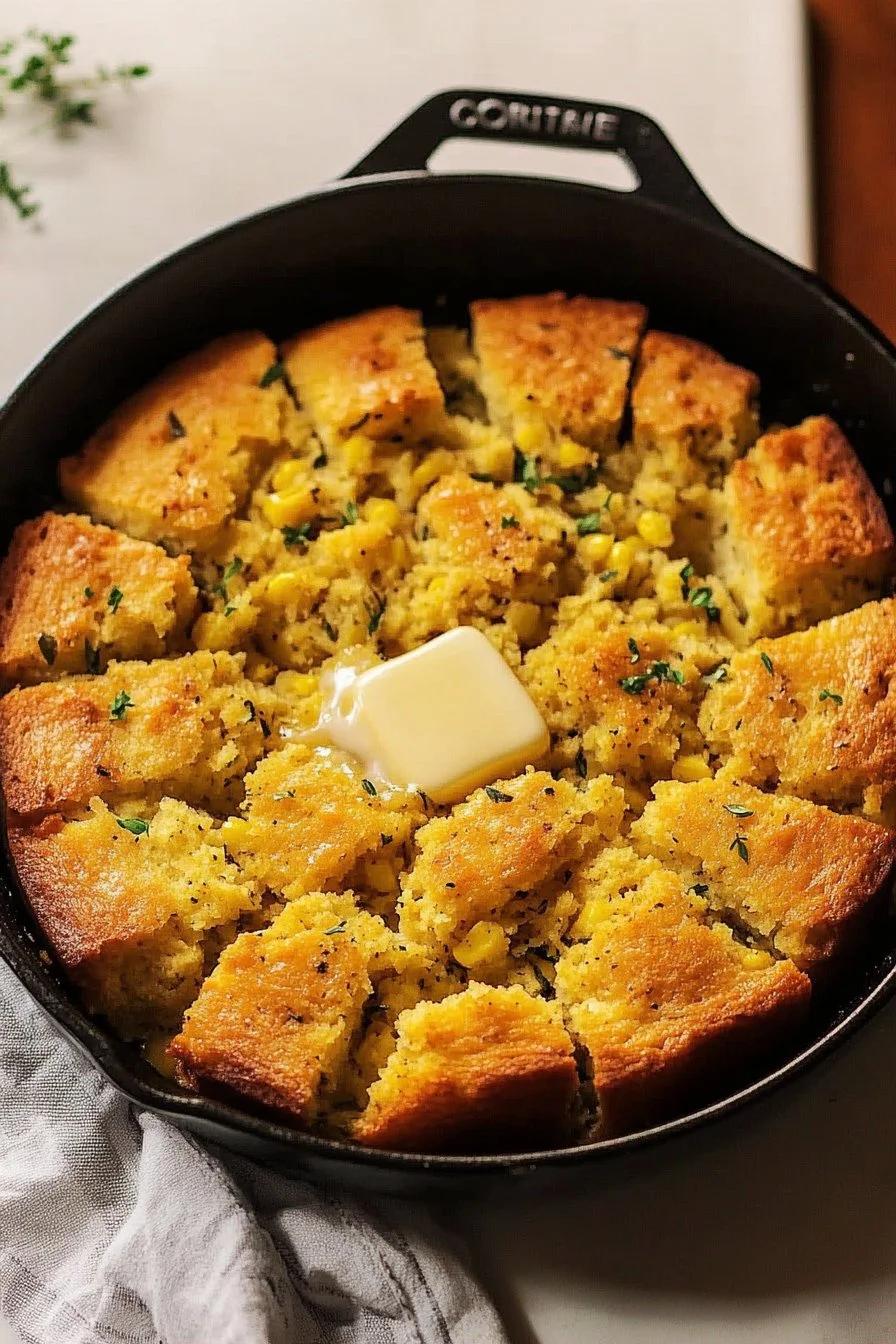
Serving Suggestions
Gluten-Free Cornbread is a versatile side dish that can be served in numerous ways to complement a variety of meals. It pairs wonderfully with classic Southern dishes such as fried chicken, collard greens, and black-eyed peas. For a comforting meal, serve it alongside a steaming bowl of chili or soup.
If you’re hosting a barbecue, cornbread makes an excellent companion to grilled meats such as ribs or pulled pork. You can also enjoy it for breakfast with a pat of butter and a drizzle of honey or maple syrup.
Cornbread muffins, made using the same batter, are perfect for individual servings and can be a convenient option for meal preps or packed lunches.
Whether you’re serving cornbread as part of a holiday feast or a weekend brunch, its warm, inviting flavor is sure to be a hit at your table.
Gluten-Free Cornbread Health Benefits
Gluten-Free Cornbread offers several health benefits that make it an appealing choice beyond just dietary restrictions. Cornmeal, the primary ingredient, is rich in fiber, which aids in digestion and promotes a healthy gut. Fiber also helps regulate blood sugar levels, making gluten-free cornbread a better option for those managing diabetes.
Additionally, cornmeal contains essential vitamins such as B vitamins, which are important for energy production and maintaining a healthy nervous system. The use of gluten-free flour blends can also offer additional nutrients, depending on the mixture's composition.
For those with gluten sensitivities or celiac disease, gluten-free cornbread allows them to enjoy a classic dish without adverse effects. When made with non-dairy milk and oils, it becomes suitable for dairy-free diets as well, offering a broader range of consumption options for those with specific dietary needs.
FAQs About Gluten-Free Cornbread
Can I make Gluten-Free Cornbread without eggs?
Yes, you can substitute eggs with flaxseed meal or chia seeds mixed with water, or use a commercial egg replacer to achieve similar binding properties.
What type of gluten-free flour is best for cornbread?
A gluten-free all-purpose flour blend is recommended, as it usually contains a mix of rice flour, potato starch, and tapioca flour, which helps achieve a similar texture to regular cornbread.
How do I store leftover Gluten-Free Cornbread?
Leftover cornbread can be wrapped tightly in plastic wrap or stored in an airtight container and kept at room temperature for up to 3 days. For longer storage, refrigerate or freeze it.
Making Gluten-Free Cornbread is a delightful way to enjoy this traditional dish without the gluten. Its versatility allows it to be paired with a wide array of meals, and its simple ingredients make it easy to prepare. Whether you're serving it at a family dinner or enjoying it as a snack, this delicious bread is sure to please both gluten-free and regular diets alike. By following our tips and variations, you can customize it to suit your preferences and dietary needs. We hope this recipe inspires you to bring the warmth and comfort of cornbread to your table.

